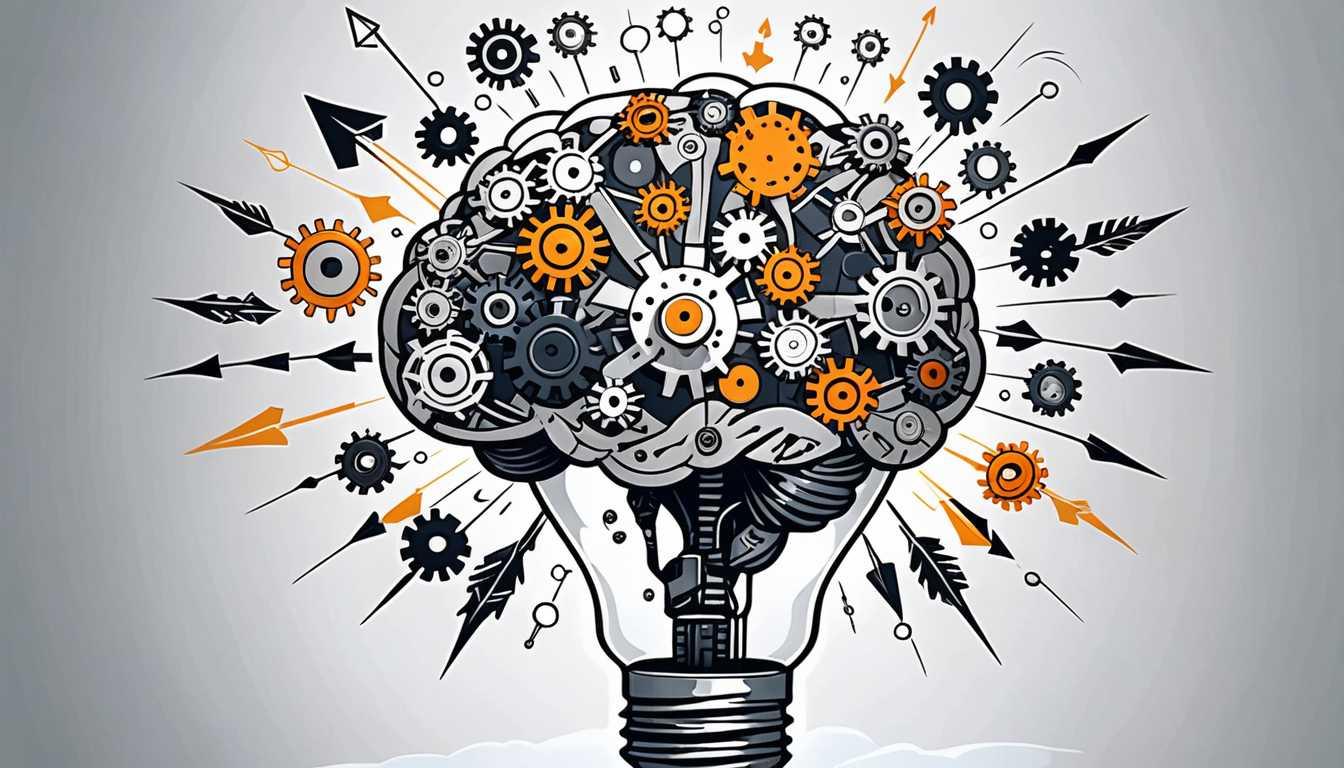Unlocking the Secrets of Squid Brains
June 2024
University of Cambridge
Introduction
Hey students! Ever wondered what's happening inside a squid's brain? In a lab at the University of Cambridge, scientists are using high-tech electron microscopes to uncover the secrets of these fascinating creatures! With minds like Dr. Elizabeth Barsotti leading the charge, they’re mapping neurons and dreaming of revolutionary treatments for brain diseases. Get ready to dive into the world of connectomics and discover why squids and flies might just be smarter than you think!
READ FULL ARTICLEWhy It Matters
Discover how this topic shapes your world and future
Mapping the Mysteries of the Mind
Understanding how brains work is not just about satisfying curiosity—it's about revolutionizing medicine and technology! By using advanced techniques like electron microscopy, scientists are uncovering the intricate maps of neurons, which are the building blocks of all animal brains, from squids to humans. This research holds the potential to find new treatments for neurological diseases, understand how animals behave, and even inspire the creation of smarter artificial intelligence. With only a few labs in the world pioneering this work, the findings could change our understanding of consciousness and intelligence on a global scale. Imagine being part of a future where we can not only treat brain disorders but also design machines that think like us!
Speak like a Scholar
Connectome
A detailed map of all the connections between neurons in a brain, showing how information flows within it.
Neuroscience
The scientific study of the nervous system, including the brain, and how it influences behavior and cognitive functions.
Electron Microscopy
A technique that uses beams of electrons to create extremely detailed images of small objects, allowing scientists to see things that are too tiny for regular microscopes.
Neurons
Specialized cells in the nervous system that transmit information through electrical and chemical signals.
Synapse
The junction between two neurons where communication occurs, it’s where signals are passed from one neuron to another.
Deep Learning
A type of artificial intelligence that mimics the way humans learn, using large amounts of data to create models that can recognize patterns.
Independent Research Ideas
Exploring the Connectome
Investigate the differences between connectomes in various species and how these differences relate to behavior. Understanding this could lead to insights into evolution and animal intelligence.
Neuroplasticity and Learning
Examine how our brains change in response to learning experiences and environmental factors. This could help develop strategies for improving educational methods and personal development.
The Role of Synapses in Memory Formation
Research how synaptic strength changes during learning and memory formation, and what this could mean for treating memory-related conditions.
Artificial Intelligence Inspired by Nature
Look into how knowledge from connectomics can influence the design of more efficient AI systems. This could lead to innovations in technology that are more adaptive and human-like.
Brain Imaging Techniques Comparison
Compare the effectiveness and applications of different brain imaging techniques, including MRI and electron microscopy. This could reveal the strengths and weaknesses of each method and their contributions to neuroscience.
Related Articles

Mapping Your Mind: The Brain's Hidden GPS
June 2024
MIT News

Breakthroughs Unveiled: Nobel Factory's Secrets
July 2024
King's College London - News

CRISPR's Hidden Universe Unveiled
November 2023
Massachusetts Institute of Technology (MIT)

Secrets of Insect Flight Unveiled
April 2024
California Institute of Technology

Brain Power: Planning Your Next Move!
June 2024
University of Cambridge